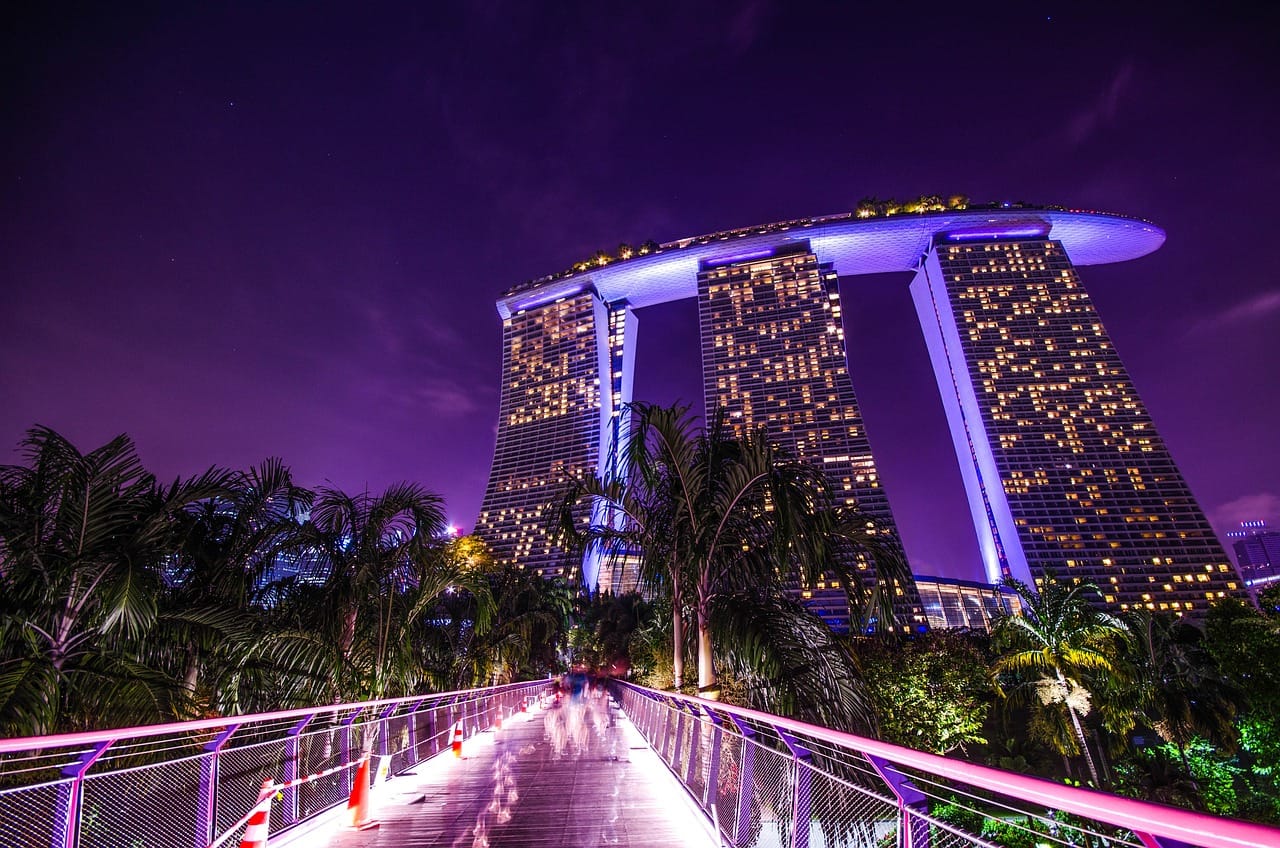Asia, the cradle of ancient civilizations, is a treasure trove of archaeological wonders. From the architectural marvels of China to the mysterious ruins of Cambodia, each site tells a unique story of human ingenuity and perseverance. Here are ten must-visit archaeological sites in Asia that will transport you back in time and leave you in awe of our ancestors’ accomplishments.
Table of Contents
Get a glimpse into one of the world’s earliest urban settlements at Mohenjo-Daro, Pakistan
Located in the Sindh province, Mohenjo-Daro is a testament to the advanced urban planning of the Indus Valley Civilization. Built around 2500 BCE, it was one of the world’s earliest major cities, contemporaneous with the civilizations of ancient Egypt, Mesopotamia, Minoan Crete and Norte Chico. The city’s layout showcases advanced urban planning with rectilinear buildings arranged in a grid format. The site was rediscovered in the 1920s and has since been designated a UNESCO World Heritage Site. However, it is currently threatened by erosion and improper restoration. This ancient city, once home to at least 40,000 people, offers a fascinating glimpse into early urban life.
Experience the grandeur of the Khmer Empire at Angkor, Cambodia, arguably the greatest archeological site in all of Asia
Angkor, located in Cambodia’s northern province of Siem Reap, is a sprawling archaeological site that was once the centre of the Khmer Empire. Covering approximately 400 square kilometres, Angkor is home to numerous temples, hydraulic structures and communication routes. The site is particularly renowned for its impressive monuments, such as Angkor Wat, the Bayon, Preah Khan, and Ta Prohm, which are closely linked to their geographical context and imbued with symbolic significance.
Witness the architectural brilliance of the Forbidden City, China
The Forbidden City in China is an imperial palace that once housed 24 emperors. With 9999 rooms, it is the world’s largest ancient palatial structure. The layout and architecture of the Forbidden City follow the Chinese Feng shui theory of design. The palace is a testament to the grandeur of the Chinese imperial era and offers a fascinating insight into the country’s rich history and culture.
Explore the ancient Hindu temples of Mỹ Sơn, Vietnam
Built between the 5th and 14th century, Mỹ Sơn in Vietnam is a cluster of Hindu temples constructed by the Kings of Champa. The site showcases seven different styles of Cham architecture, which were greatly influenced by their Indian connection. The sanctuary comprises more than 70 structures of archaeological importance, making it a must-visit for history and architecture enthusiasts.
Step into the world’s oldest wooden temple at Horyuji Temple, Japan
Horyuji Temple, also known as the temple of the flourishing dharma, is the world’s oldest wooden temple. Built in 600 AD, the temple perfectly captures the design ideology of Japanese wooden architecture. The temple complex is a serene space that offers a glimpse into Japan’s rich cultural heritage and architectural prowess.
Discover the intricate stepwell architecture at Rani ki Vav, India
Rani ki Vav in Gujarat, India, is one of the finest surviving examples of stepwell architecture. The stepwell is designed in the form of an inverted temple, highlighting the religious importance of water. It features seven levels adorned with more than 500 principal sculptures and over a thousand minor ones, making it a marvel of ancient Indian art and architecture.
Unearth the secrets of the Library of Celsus, Turkey
The Library of Celsus in the ancient Roman city of Ephesus in western Turkey is a remarkable example of ancient Roman architecture. Built in honour of the Roman Senator Tiberius Julius Celsus Polemaeanus, the library was once home to nearly 12,000 scrolls. Today, its majestic façade stands as a testament to the intellectual prowess of the ancient Romans. The city’s ancient amphitheatre is equally impressive.
Marvel at the world’s largest Buddhist temple at Borobudur, Indonesia
Borobudur in Indonesia is the world’s largest Buddhist temple and a UNESCO World Heritage Site. This 9th-century temple is decorated with over 2,600 relief panels and 504 Buddha statues. The temple’s design follows the concept of attaining Nirvana, with each level representing a stage in the life of Buddha. A visit to Borobudur offers a unique spiritual journey through its intricate carvings and serene surroundings.
Immerse yourself in the ancient city of Ayutthaya, Thailand
The ancient city of Ayutthaya in Thailand was once the thriving capital of the Kingdom of Siam. Today, its ruins offer a glimpse into the city’s past glory. The Ayutthaya Historical Park, a UNESCO World Heritage Site, houses a vast array of temples, palaces, and Buddha statues. The iconic image of the Buddha’s head entwined within the roots of a tree at Wat Mahathat is a sight to behold.
Walk through the erotic temples of Khajuraho, India
The temples of Khajuraho in India are renowned worldwide for their erotic sculptures. Built between 950 AD and 1050 AD by the Chandela dynasty, these temples represent a celebration of life, love and joy. The intricate carvings on the temple walls depict scenes from everyday life and are considered masterpieces of Indian art.




